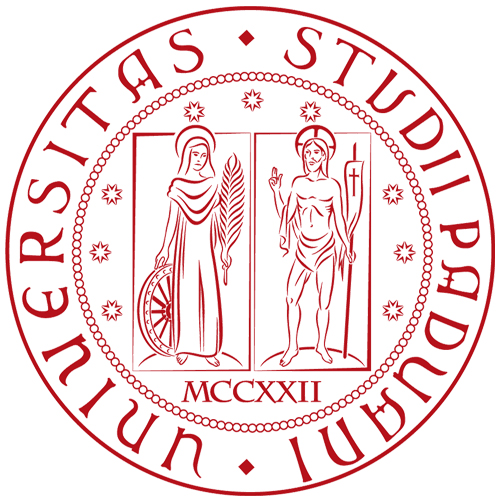
PHRC055 : Dedication to Sarapis, Isis, the Nile, Ptolemy III and Berenike II (Kanopos) - Egypt (243-221 BC) Rectangular plaque
Permanent ID http://s.phrc.it/phrc055
Images
Photo 1: Photo of the stone, from CPI I, p. 191, Fig. 52

Text constituted from: CPI I 94.
Other editions: Breccia 1911 (I.Musée d'Alexandrie), no. 14; SB I 585; I.Delta I, p. 235, no. 5.
See also: Fragaki 2011, p. 36-38; Minas-Nerpel 2019, p. 168; Crowther 2020, p. 240-241 (palaeography); Pfeiffer 2020, p. 90-104, no. 14.
Images: I.Delta I, Pl. 2, Fig. 2; CPI I, p. 191, Fig. 52.
Further bibliography: on the cult of Neilos, Malaise 1994, p. 365; Malaise 2005, p. 66-74. On the link between the Ptolemies and Isiac cults in Kanopos, Bricault 2020, 35-39; see also Pfeiffer 2004, Legras 2004 and Hauben 2011, p. 366-374 on the link between the Ptolemies and the Nile in the Kanopos decree.
The site of Kanopos has delivered two dedications to Sarapis, Isis, Neilos, and the royal couple of Ptolemy III and Berenike II (cf. PHRC 061, without indication of the donor). The text mentions an individual dedicant, probably a member of the Ptolemaic elite (in favour of this social profile see also the quality of writing; cf. Caneva 2020a). The donor was a citizen of Bargylia, in Caria, a region under Ptolemaic control after the Laodikean War. The terminus post quem for the dedication is the introduction of the epithet Theoi Euergetai in 243/2 BC.
The identification of the place where Artemidoros accomplished his dedication is debated, and so are the spatial relationships between the various deities and rulers mentioned as recipients of rituals in Kanopos (for a recent overview of the debate, Bricault 2020, p. 35-39). During the joint reign of Ptolemy II and Arsinoe II, the admiral Kallikrates of Samos dedicated a sanctuary to Isis and Anubis for (hyper) the living royal couple ( CPI I 92; SB I 429; I.Delta I, p. 232, no. 2; ca. 274/3-270 BC). A dedication to Isis (and?) Arsinoe Philadelphos may date to the sole reign of the widowed Ptolemy II or to the early years of Ptolemy III (PHRC 057; 270-240 BC). Under the reign of Ptolemy III, the king together with Berenike II dedicated a sacred precinct to Osiris ( CPI I 96; OGIS 60; I.Delta I, p. 236-237, no. 7; for contemporaneous Alexandria, see the plaque mentioning the dedication of the temple of Sarapis by Ptolemy III, SEG LIV 1723). Finally, a sanctuary of the Theoi Euergetai is mentioned as the meeting place of the Egyptian priests who issued the Kanopos decree in 238 BC ( OGIS 56, line 7). In principle, the priority of the divine triad in our text could be interpreted as a sign that Artemidoros accomplished his dedication in a cult space of Sarapis and Isis, but this must remain a hypothesis due to our limited knowledge about the relationship between this place and the Osireion on the one hand, the sanctuary of the Theoi Euergetai on the other.
It is tempting to interpret the association between this triad and the royal couple as an echo of the Kanopos decree, where a seminal role is acknowledged to the Theoi Euergetai with regard to the protection of wealth and cosmic order in Egypt. Issued in 238, this decree celebrates the ruling couple for their euergetic intervention to rescue the population from an insufficient Nile flood and a consequent famine. The decree eulogistically reports that the ruling couple promoted a calendar reform meant to reinstate the original order of seasons and was celebrated with the introduction of festivals of the Theoi Euergetai. In Egypt, royal commitment to the regulation of the agricultural production was traditionally loaded with religious connotations and the fulfilment of such expectations was intimately connected with the achievements of legitimate pharaohs (Pfeiffer 2004 and 2020, no. 14; Legras 2004; Hauben 2011).
The cult of Neilos in Kanopos is also attested by a later statue base of Arsinoe III, erected by a priest of the river god ( CPI I 98; I.Delta I, p. 237-238, no. 8). Already venerated as the god Hapi in pharaonic times, in the Ptolemaic period the Nile received from the Greeks a new iconography based on the model of personified river gods (for the development of the Greek cult of the Nile, see Malaise 2005, p. 66-74). As part of the triad invoked by this dedication, Sarapis and Isis can also be expected to share some of the functions of Neilos, in particular with regard to their competences related to agricultural activities, fertility, and the association between Isis and the star Sirius/Sothis, whose rising marked the beginning of the yearly Nile flood (cf. Kanopos decree, OGIS 56, line 36 on this star being referred to as ‘the star of Isis’). On the link between Isis and fertility, see Malaise 1994, p. 362; cf. Fragaki 2011, p. 36-38; Malaise 2005, p. 73 on the agrarian aspect of Sarapis, which was inherited from Osiris, and its connection with fresh water in Kanopos.



